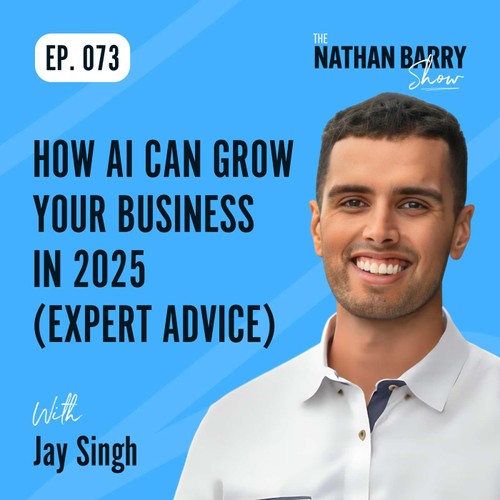
 The Nathan Barry Show
The Nathan Barry Show How AI Can Grow Your Business in 2025 (Expert Advice) | 073
168 snips
Apr 17, 2025 In this discussion, AI expert Jay Singh, founder of Casper Studios and former Microsoft and LinkedIn strategist, dives into the transformative power of AI for businesses. He reveals how personalized software and efficient automation can streamline workflows and enhance creativity. Jay shares insights on leveraging tools like Cursor and MindStudio for product design, the future of customizable apps, and practical strategies for creators to monetize their work. He also emphasizes identifying automation opportunities to turn raw data into actionable insights and revenue.
AI Snips
Chapters
Transcript
Episode notes
Nathan's AI Summarization Anecdote
- Nathan Barry shared a story about asking his team to summarize a Slack thread using AI, which really helped him write a video script quickly.
- His team member used Claude AI to pull context and bullet points, showcasing practical AI use in workflows.
AI Boosts Creativity and Authenticity
- AI creativity increases when it accelerates workflow, unblocking users and accessing rich internal data.
- Authentic voice and stories enhance AI responses, leading to much better results in content creation.
3-Step AI Product Framework
- Identify if your business has data collection, synthesis, and generation steps to find simple AI applications.
- Focus on collecting data, synthesizing it using expertise, and generating actionable outputs to build AI-driven solutions.

